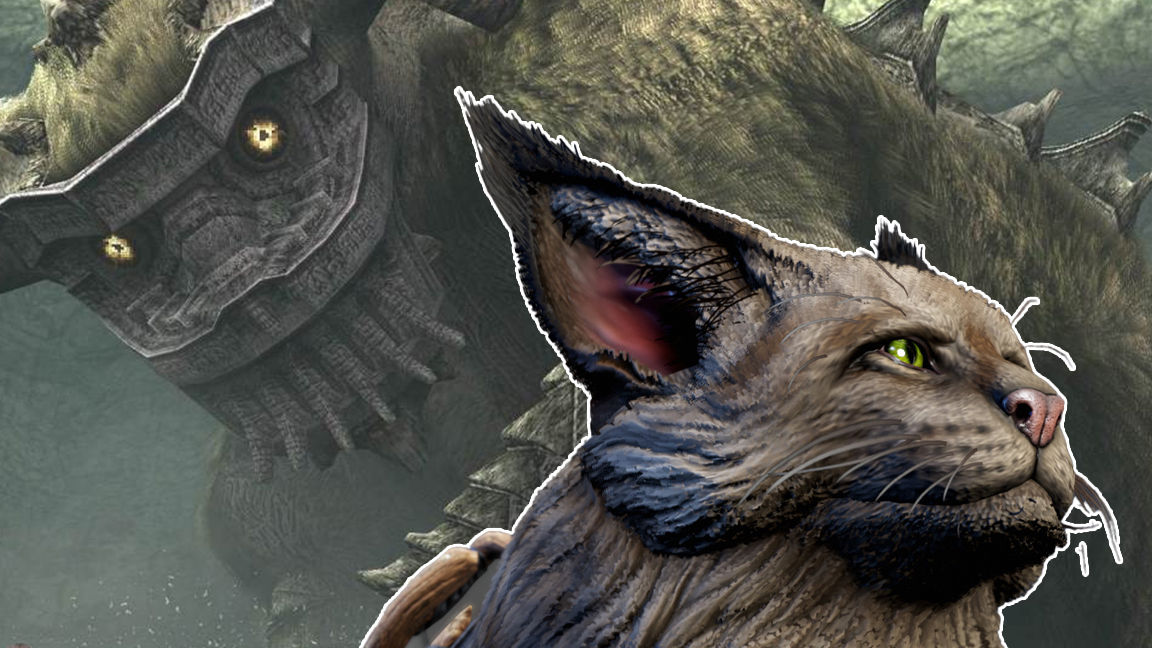How the Guild Was 2: The Retro Game That Inspired a Modern Art Hack
Last year, I had the chance to sit down with Adam Hogseth, character lead at ArenaNet, the team behind Guild Wars 2. Our conversation started off as an interview about art direction in MMORPGs, but we quickly delved into a fascinating topic: how the classic PlayStation 2 game Shadow of the Colossus was used to solve a modern technical challenge.
Guild Wars 2 is one of the most popular MMORPGs out there, with millions of players worldwide. However, creating visually stunning in-game content can be a daunting task, especially when dealing with limited resources and outdated technology. That's where Shadow of the Colossus comes in – an unlikely source of inspiration for the Guild Wars 2 team.
"We had an armour set in concept that had a lot of fur to it," begins Adam, "So we were trying to think of ways to pull that off without using an excess amount of fur cards or trying to use something brand new." The problem was that Guild Wars 2's older engine has limitations when it comes to processing power, making it difficult to achieve realistic fur simulations.
That's when the team turned back the clock nearly two decades to the PlayStation 2 classic Shadow of the Colossus. They discovered an interesting art hack involving layering polygonal "fur shells" and alpha transparency to simulate depth and volume. Instead of using countless individual fur strands or cards, this approach builds layers of transparent geometry that give the illusion of tufts and movement.
"One of our inspirations was Shadow of the Colossus," reveals Adam, "particularly how they have a layered, shelf approach to make the Colossi have this nice thick fur all over their bodies." The team found a blog post detailing the technique by artist Froyok, which they ran through internally and eventually applied to their own project.
Using this technique, the Adam and ArenaNet team created a new material that allowed them to simulate fluffy fur on various parts of the armour set. They experimented with different values, testing the limits of their engine and finding innovative solutions. "This was done in a way that was so much more simple for us to create than using a bunch of small fur cards placed all over the body," reflects Adam.
"It was just a fun thought experiment, and one that worked out successfully," he says. What began as a workaround quickly became a standard in the team's toolkit, used for various armours, outfits, and creatures. "We've used it for a number of armours and outfits and creatures now," Adam notes.
The success of this art hack showcases how sometimes, looking back to classic games can lead to innovative solutions for modern problems. As Adam puts it, "It's a nice balance between realism and stylisation.” Even 12 years after the original game was released, Shadow of the Colossus-inspired designs still look beautiful.
How You Can Achieve This Look
If you're interested in trying out this technique yourself, here are some tips:
- Learn about polygonal "fur shells" and alpha transparency
- Experiment with layering transparent geometry to simulate depth and volume
- Play around with different values to find the right balance between realism and stylisation
Alex Gomez-Tyler, who used a similar approach when designing creature models in Guild Wars 2, notes that "this was done in a way that was so much more simple for us to create than using a bunch of small fur cards placed all over the body."
Conclusion
The story of how Guild Wars 2's team harnessed the power of retro games to solve modern art challenges is an inspiring reminder that sometimes, looking back can lead to innovative solutions. By embracing creative thinking and clever approaches, developers and artists can create stunning visuals without relying on cutting-edge technology.
